1. What Is the FlexPRESS-M/S Automatic Modular Hot Mounting System, and How Does It Work?
The FlexPRESS-M/S automatic modular hot mounting system is a state-of-the-art hot mounting system for material analysis that automates the encapsulation of metallographic samples in thermosetting resins. The system employs controlled heat and pressure to ensure uniform curing, producing mounts with excellent edge retention and minimal porosity.
Working Principle
- Sample Loading – The specimen is placed inside a mounting mold along with the selected resin (e.g., epoxy, phenolic, or acrylic).
- Mold Insertion – The mold is positioned in the modular mounting press for metallography, which features interchangeable mold holders to accommodate different diameters.
- Automated Process Initiation – The operator selects a pre-programmed cycle based on resin type and sample requirements. The programmable hot mount press then applies precise temperature and pressure settings.
- Heating and Compression – The system heats the resin to its curing temperature while maintaining consistent pressure to eliminate voids and ensure adhesion.
- Cooling and Ejection – After curing, the mounted sample is cooled (either passively or via forced cooling) before being automatically ejected.
This automated workflow minimizes human intervention, reducing variability and improving repeatability—a critical factor in metallographic sample preparation equipment.
2. Key Features of the FlexPRESS-M/S Hot Mounting Press
The FlexPRESS-M/S hot mount press distinguishes itself through several advanced features that enhance efficiency and reliability:
- Modular Design – The hot mount press with modular design supports multiple mold sizes (e.g., 25 mm to 50 mm), allowing laboratories to process diverse sample dimensions without equipment changes.
- Programmable Cycles – Users can store customized profiles for different resins and materials, ensuring optimal curing conditions for each application.
- Fast Cycle Times – As a fast cycle hot mounting machine, it reduces processing time compared to manual presses, improving throughput in high-demand environments.
- Precision Temperature and Pressure Control – Closed-loop feedback mechanisms maintain exact parameters, crucial for ISO/ASTM-compliant sample mounting systems.
- Automated Ejection – Eliminates manual handling, reducing contamination risks and improving operator safety.
- User-Friendly Interface – An intuitive control panel simplifies operation, making the system accessible to both experienced technicians and new users.
These features make the FlexPRESS-M/S an essential lab automation equipment for metallography, particularly in settings requiring high repeatability and efficiency.
3. Types of Materials Processed Using the FlexPRESS-M/S Automatic Hot Mounting System
The FlexPRESS-M/S automatic resin mounting machine accommodates a broad range of materials, making it versatile for various industrial and research applications. Common materials include:
| Material Category |
Examples |
Recommended Resin Type |
| Metals & Alloys |
Steel, aluminum, titanium |
Phenolic, epoxy |
| Ceramics & Composites |
Silicon carbide, fiber-reinforced polymers |
Epoxy, acrylic |
| Polymers & Plastics |
PVC, polyethylene |
Low-temperature resins |
| Electronic Components |
PCBs, semiconductors |
Conductive resins |
| Geological Samples |
Minerals, rocks |
Transparent epoxy |
The system’s adaptability ensures consistent results across different sample types, making it a preferred metallography sample mounting solution for multi-disciplinary laboratories.
4. Comparison Between the FlexPRESS-M/S and Traditional Manual Mounting Presses
Manual hot mounting presses have been the standard in metallography for decades, but the FlexPRESS-M/S automatic hot mounting press offers substantial improvements:
| Aspect |
Manual Presses |
FlexPRESS-M/S Automatic System |
| Operation |
Labor-intensive, requires constant monitoring |
Fully automated, programmable cycles |
| Consistency |
Prone to human error in pressure/temperature control |
Precise, repeatable parameters |
| Throughput |
Slower due to manual steps |
High-speed cycles with automated ejection |
| Flexibility |
Limited by manual adjustments |
Modular design supports multiple mold sizes |
| Operator Skill |
Requires experienced users |
Simplified interface reduces training needs |
For laboratories handling large sample volumes or requiring stringent quality control specimen preparation tools, the FlexPRESS-M/S provides a superior alternative to traditional methods.
5. Maintenance Requirements for the FlexPRESS-M/S Automatic Modular Hot Mounting System
To ensure long-term performance, the FlexPRESS-M/S hot mounting system for material analysis requires routine maintenance:
- Daily Cleaning – Remove resin residues from molds and chambers to prevent cross-contamination.
- Lubrication – Apply high-temperature grease to moving parts as recommended by the manufacturer.
- Inspection of Heating Elements – Verify that heating plates maintain uniform temperature distribution.
- Pressure Calibration – Periodically check and recalibrate pressure settings to ensure accuracy.
- Software Updates – If equipped with digital controls, update firmware to maintain optimal functionality.
Proper maintenance extends the lifespan of the metallurgical lab instruments and ensures compliance with ISO/ASTM-compliant sample mounting systems.
The FlexPRESS-M/S automatic modular hot mounting system is a transformative solution for modern metallographic laboratories, combining automation, precision, and modular flexibility. As a hot mounting press with modular design, it outperforms traditional manual presses in speed, consistency, and ease of use, making it indispensable for material testing laboratory equipment.
Whether used in industrial QA/QC, R&D laboratories, or academic research, the FlexPRESS-M/S exemplifies innovation in metallurgical testing equipment procurement, setting a new standard for sample prep systems for industrial QA/QC. By integrating this advanced automated mounting press, laboratories can achieve higher efficiency, reproducibility, and reliability in specimen preparation.

 中文简体
中文简体 英语
英语 西班牙语
西班牙语 德语
德语
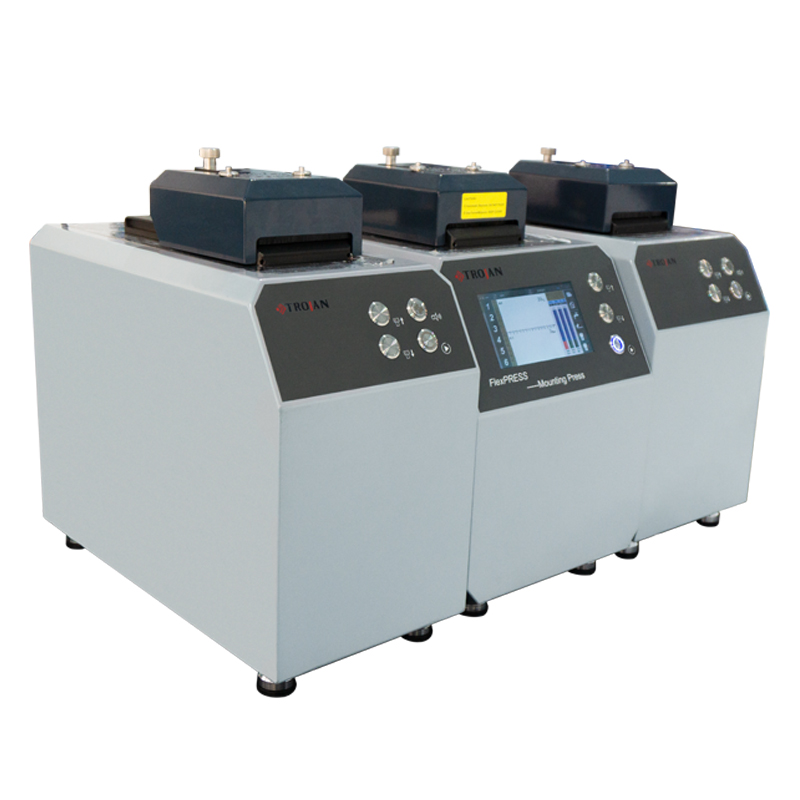
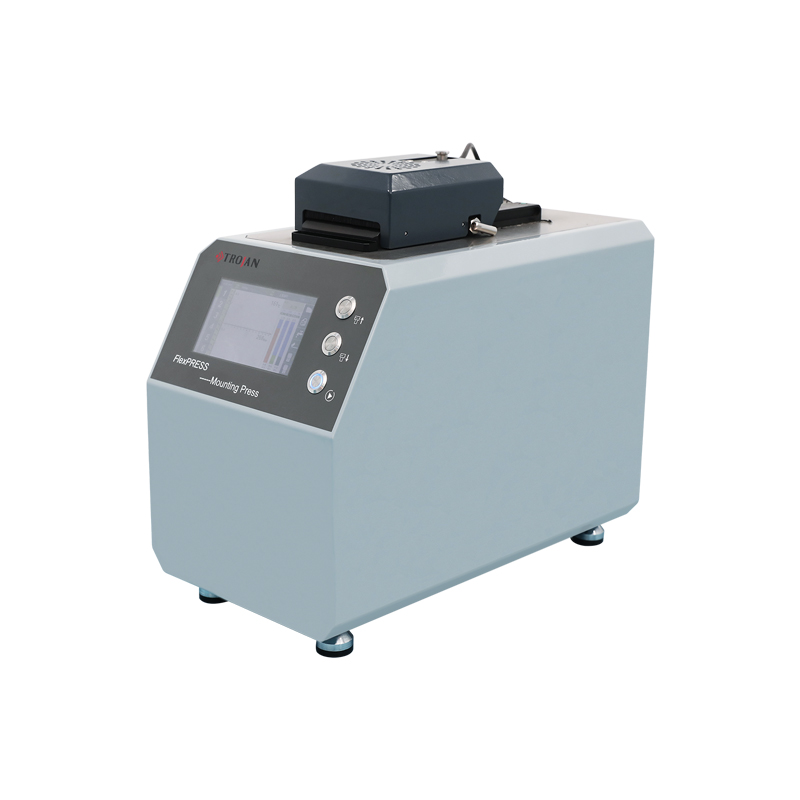
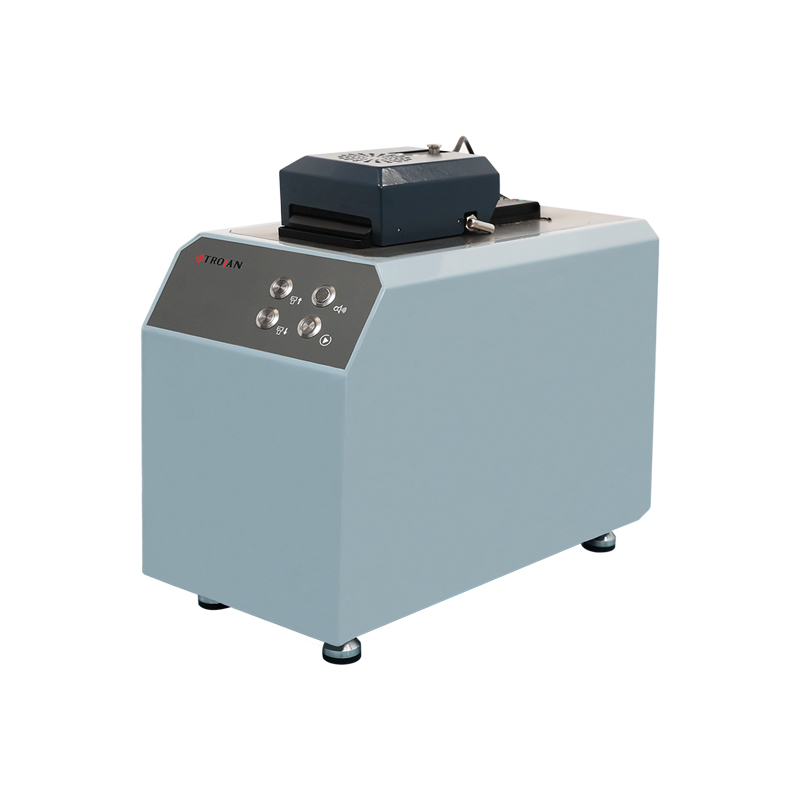
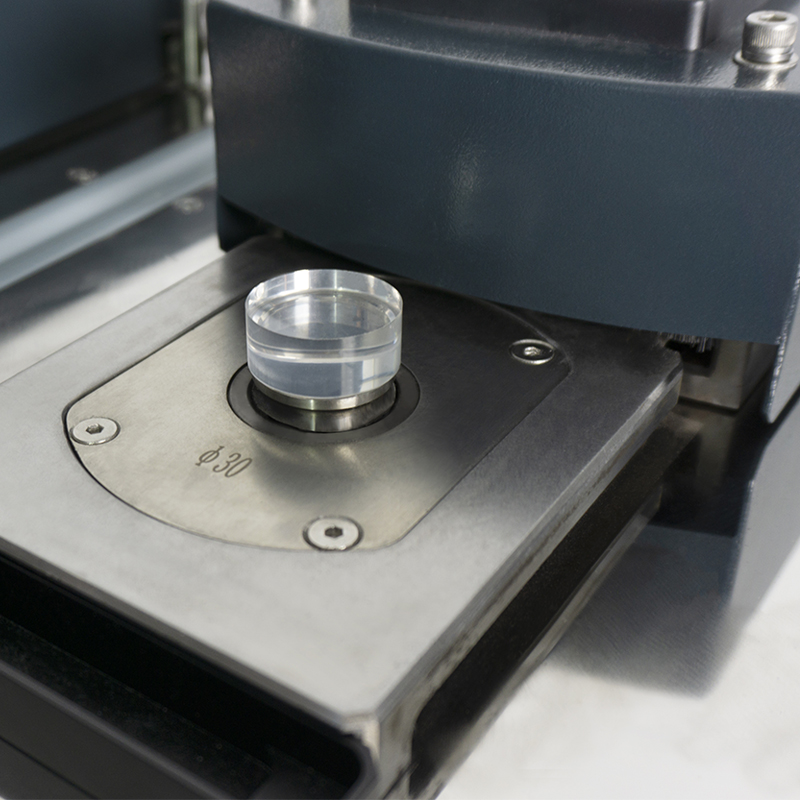
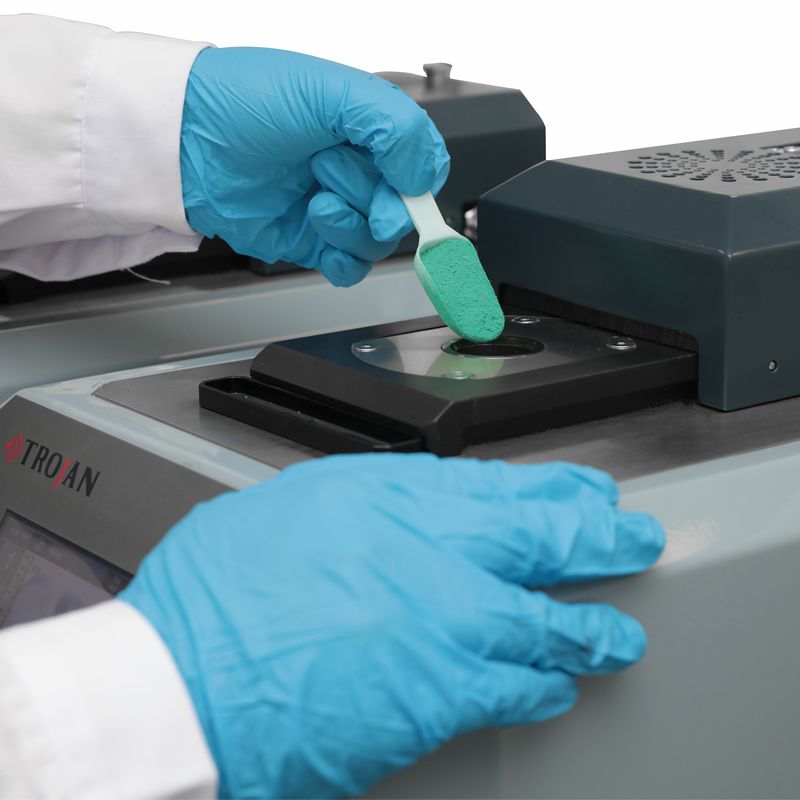
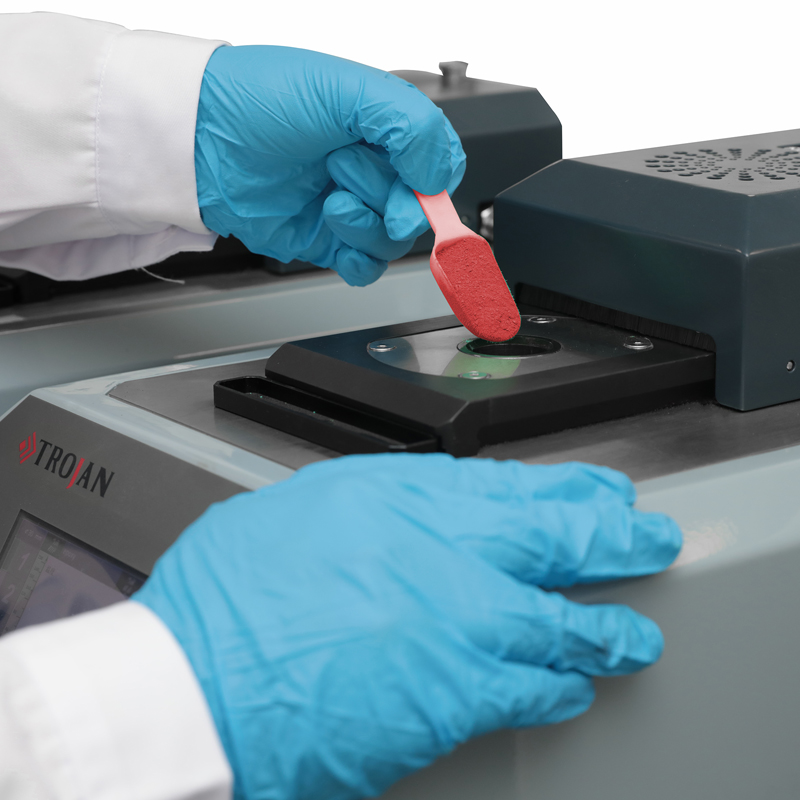
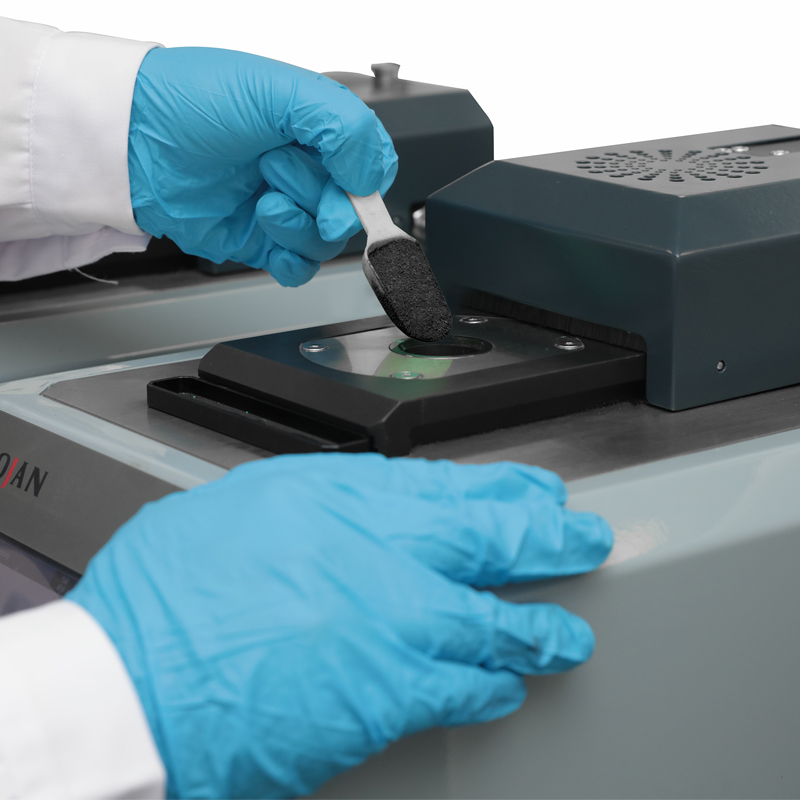









.jpg?imageView2/2/w/400/format/jpg/q/75)











